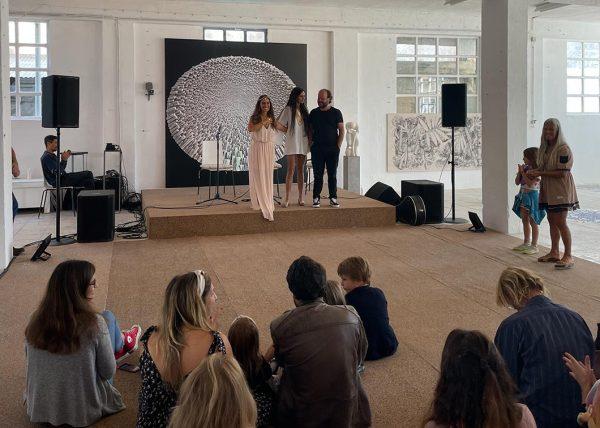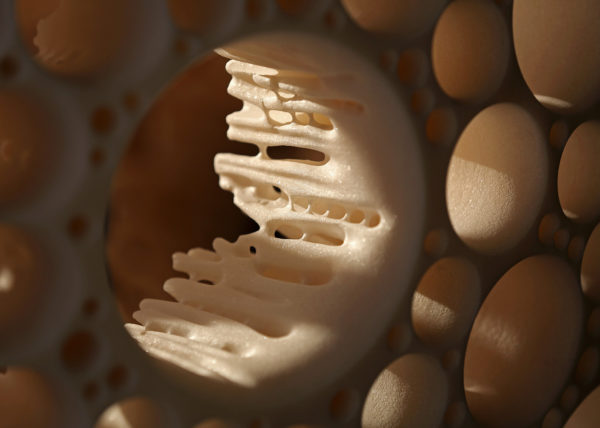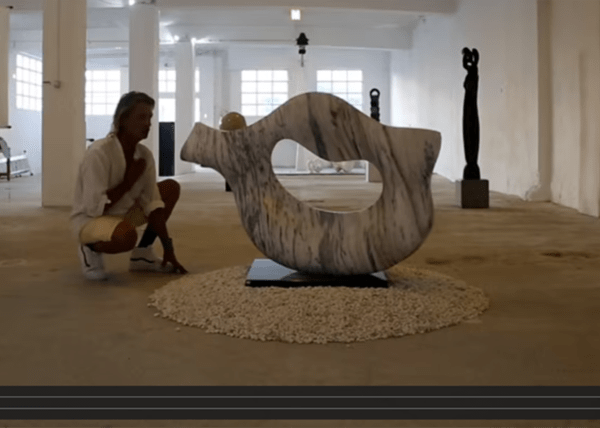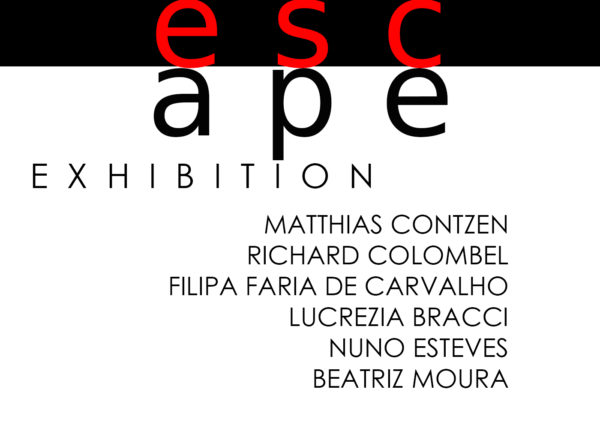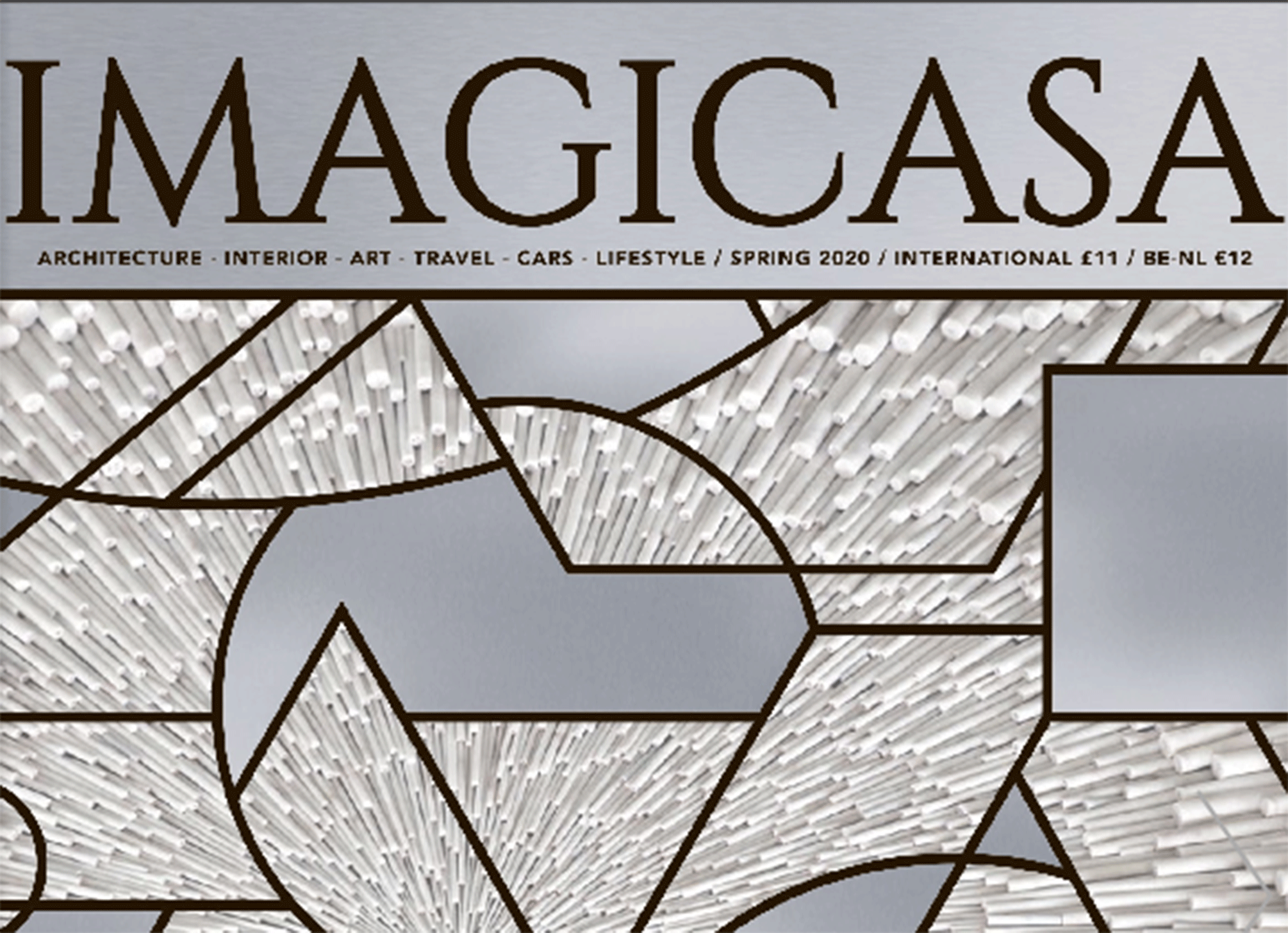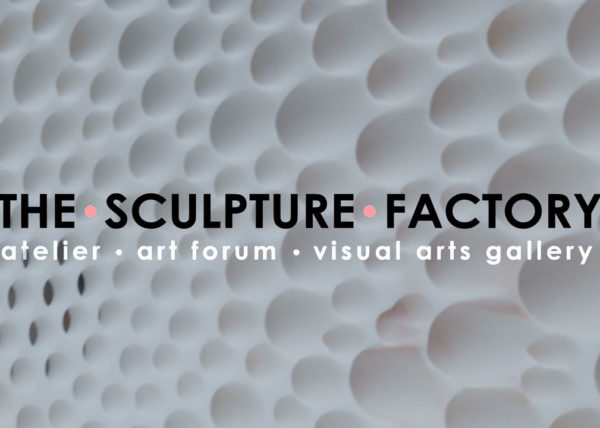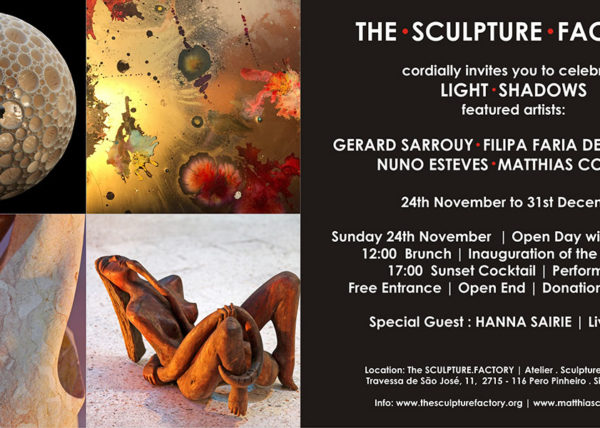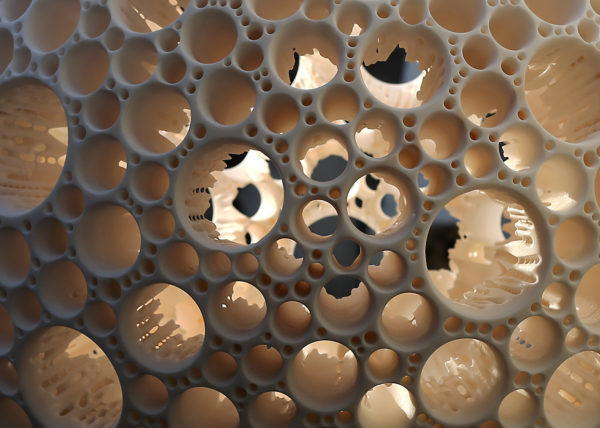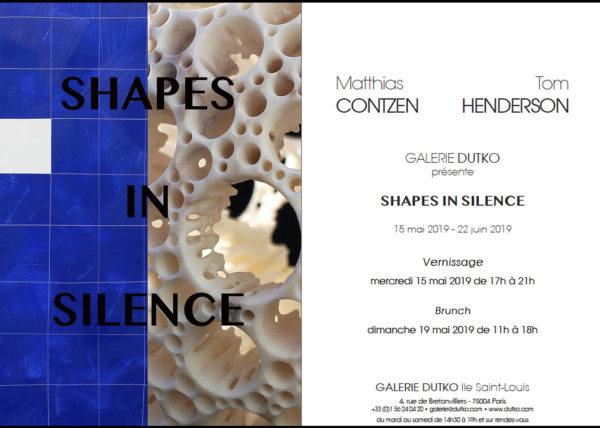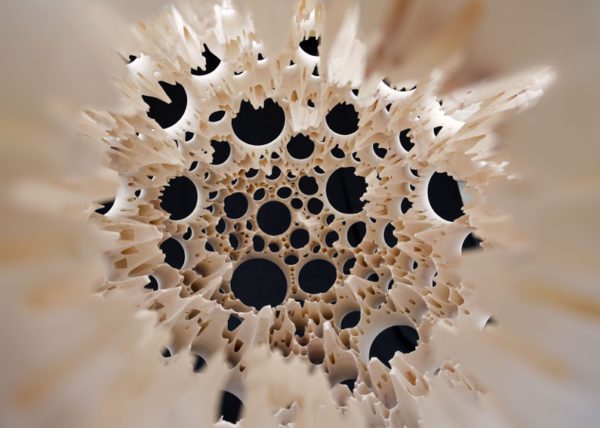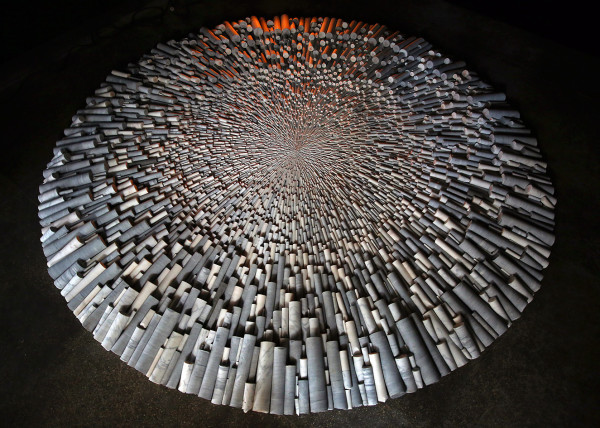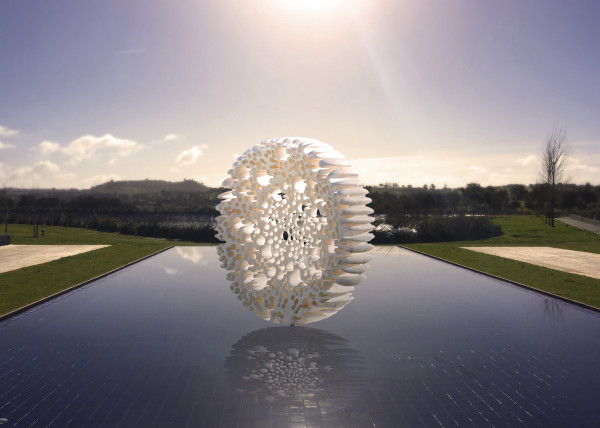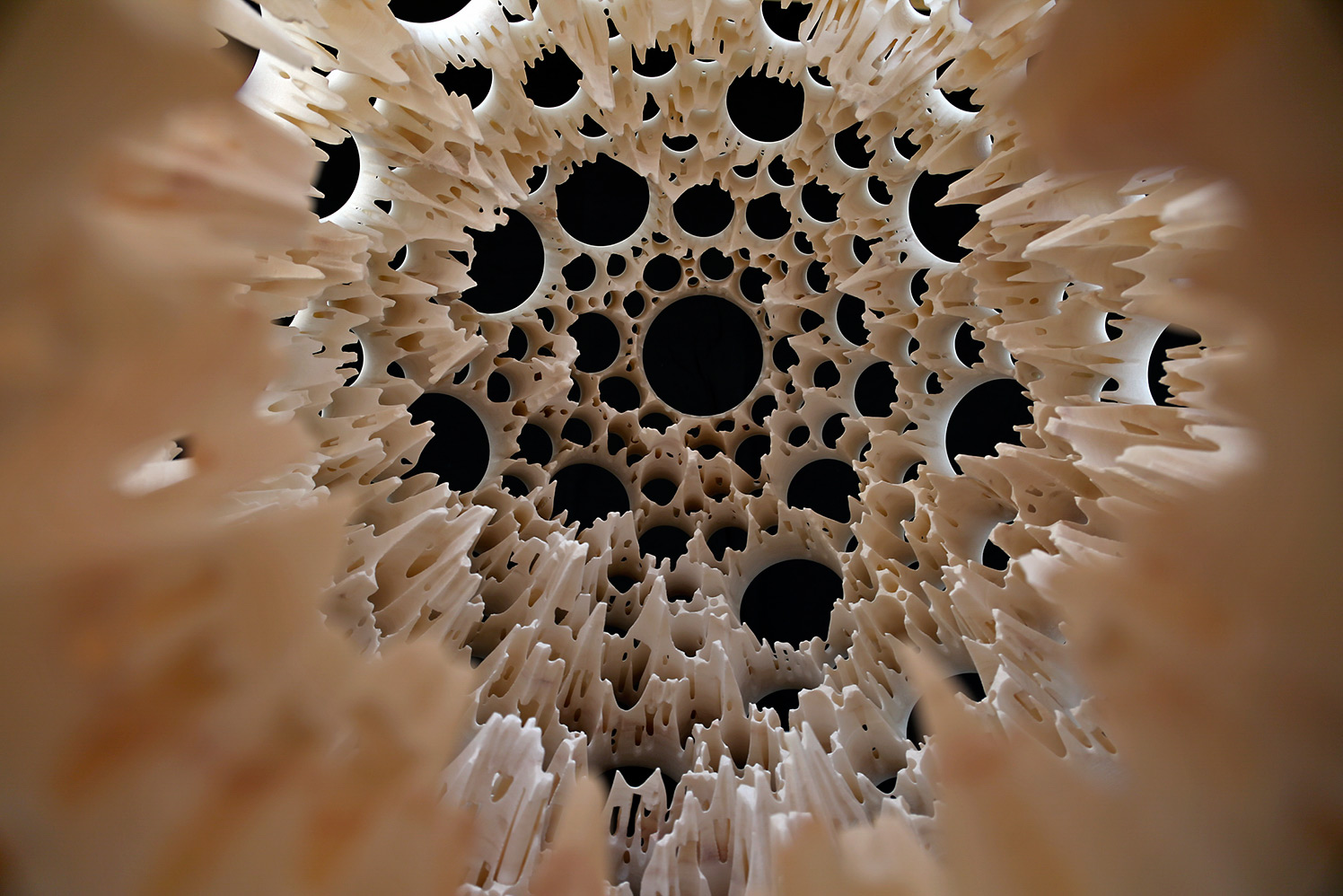
How is stone articulated by contemporary artists? And which messages do works in stone convey amidst a fluid and volatile world? What are artists signifying, messages of stillness and hardness, or on contrary, fluid and soft ones? While stone projects us to centuries-old monuments, as a matter of fact, several contemporary artists including Chinese Ai Wei Wei, French Louise Bourgeois and British Marc Quin employ stone in works conveying specific events. Wei reports the surveillance he undergoes, Bourgeois conveys regeneration, Quin addresses connection with nature. In their work, stone becomes a possible media to communicate the process of their daily life. The material employed - most commonly marble, which has several connotations of classicism, purity and beauty - permits these daily messages to be conveyed poetically.
For circa three decades, German artist Matthias Contzen (b. 1964, Aschaffenburg) has voiced his concerns in stone. And alike his counterparts, he mostly uses marble - especially white marble. He explains that Portuguese marble’s translucidity enables a play of light, shade and texture which he further enhances through form. He procures the essence of the stone - be it white, black or brown. Contzen is not limited to colors, nor he is constrained by them. In his hands, stone materials speak of eternity and become vehicles that transcend the ephemerality of human life. His work alludes to stone’s status as an integral part of planet earth before human presence, when all (in)organic materials were transformed through petrification processes. These materials, which are cold to touch, become warm, approximate and palpable through Contzen’s interventions.
His initial investigations into anthropomorphic shapes and forms resembling a woman’s body as visible in Dreibein (1982) gradually gave place to inner explorations of humanity. In the Human Gene Code (2002), a black marble column resembling a human spine, he crafted his version of a synthesized human genome to convey the singularity of humankind. But it is with the work Rainbow Warrior (2010), a self-portrait of a person undergoing a transitory phase between an earlier and a later state of consciousness (the work took him eight years to make) that he subtly started to explore deeper levels of human conscience and convey the intricate relation between humanity, planet earth and the cosmos. In this sculpture, Contzen coupled the synthesized human genome with spiritual sensory appendages represented in rainbow colours - the chakras. This understanding of human interconnectedness to surrounding energy fields marks the starting of his next phase - the Planets.
Since 2010, Contzen has been stretching his marble explorations through planets, while procuring the inner voice of the material. Now, he investigates the material’s translucidity, questions its hardness through intensive perforation, while maintaining the earlier notions of fluidity and softness of his anthropomorphic works. Now we might ask: why does Contzen make perforations on marble? In his hands, marble stone, a material characterized by stillness, longevity, and denoting antiquity and timelessness, gains voice. But how? He answers: “every matter belonging to the universe has a link to every being in existence.”
In Planet Hoodoo (2013), Contzen’s embedded perforations on the marble practically border the material’s dematerialization: a perfect and compact sphere is made fragile by severe openings of many different sizes, as he conveys the troubled ecological state of planet earth. This is further enhanced in Planet Lucky (2015) where he demonstrates the constant perforation of the planet for its minerals and riches to fulfil human greed and need. Worldwide masses of land are being destroyed and deprived of their wholeness through a furious extraction of resources such as oil, copper, gold… and stone. The artist asks us to look within this planet, to penetrate in its inside and regard its interior. Happily, these two installations have a counterpart, that aims at resolving earth’s fragility. The floor installation For You (2015) is a piece of land art conceived as a centrifugal force that keeps the fragments together. By placing them atop of each other around the centre, he conveys the need for wholeness. The rhythm of the 4-meter diameter mandala of For You is that of a meditative journey that the artist dives into to reveal the orderly chaos in which humanity inhabits. The installation shape - a circle - transpires the energy flow from fragment to unity and recalls force.
This is the contour and the starting point of the work Planet Love (2017). After the interstitial works with planets, in this large-scale installation, Contzen invites us to penetrate the core of planet earth, feel its inner tension, relate and embody the voids and orifices caused by human greed, and re-establish the lost bond connecting humans and the planet they live on. Through human penetration, the artist fills earth’s gaps with people thus enhancing the interdependence between humans and the cosmos. Planet Love is the total affirmation of this intricate relation, manifested in his own corporeality and that of whoever wants a total sensorial experience.
Planet Love is an act of devotion, of the search of the purity, unity and relational energy between humans and their home. Now, we are invited to enter its core, listen to the voice of the matter, empathize with its pains and gain conscience of its greatness.
Leonor Veiga, 2017 (The artist in conversation with the author, July 28th, 2017)
